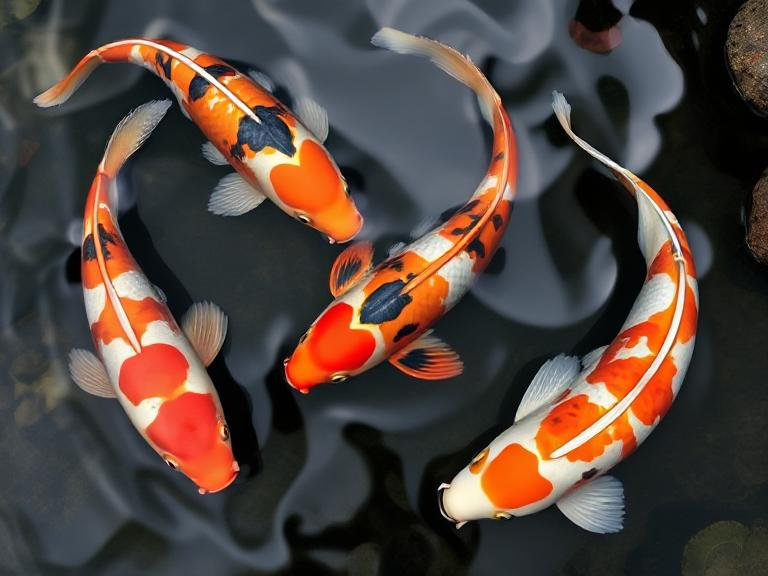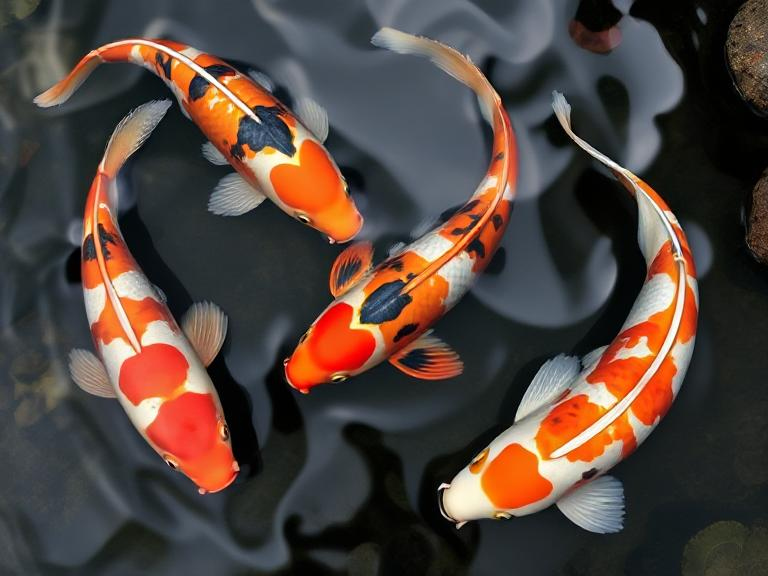
Koi fish, with their vibrant colors and graceful movements, have long been admired for their beauty and elegance. These ornamental fish, primarily found in Japan, have become a global symbol of good fortune, perseverance, and transformation. Koi fish are highly valued not only for their aesthetic appeal but also for their cultural significance, making them a prominent feature in gardens, ponds, and various forms of art.
Originating in East Asia, particularly Japan, the koi has been bred for centuries to produce a variety of color patterns and characteristics. The name “koi” itself comes from the Japanese word for carp, and while the fish is technically a type of carp, the koi is distinguished by its vibrant hues, which range from deep reds, oranges, and yellows to shades of black, white, and blue. The different color variations of koi are often associated with specific meanings, such as the red koi symbolizing love and the black koi representing overcoming adversity.
The koi’s reputation as a symbol of good fortune can be traced back to ancient Japan, where the fish was believed to bring prosperity and positive energy to the household. It is common to see koi ponds in Japanese gardens, where the fish are carefully tended and revered. In many cultures, koi fish are considered a symbol of strength and endurance, especially because of their ability to swim upstream in rivers, a trait that has been admired for centuries. This symbolic connection between koi and resilience is reflected in the mythological tale of the koi transforming into a dragon after swimming up a waterfall, which serves as a powerful metaphor for overcoming obstacles and achieving greatness.
Caring for koi fish is an art in itself. They require a well-maintained pond with clean water, appropriate filtration systems, and a balanced diet. Additionally, koi fish can live for several decades, with some reaching an impressive lifespan of over 50 years when properly cared for. As such, owning koi is seen as a long-term commitment, and many enthusiasts take great pride in nurturing their koi and watching them grow over time.
The allure of koi fish extends beyond their cultural symbolism and care. They have become a popular subject in art and fashion, with their distinct, flowing patterns being featured in paintings, tattoos, and even clothing designs. The koi’s mesmerizing movements and vivid colors make them a captivating subject for photographers and artists alike. As a result, koi have transcended their role as ornamental fish and become a global icon of beauty, strength, and transformation.

